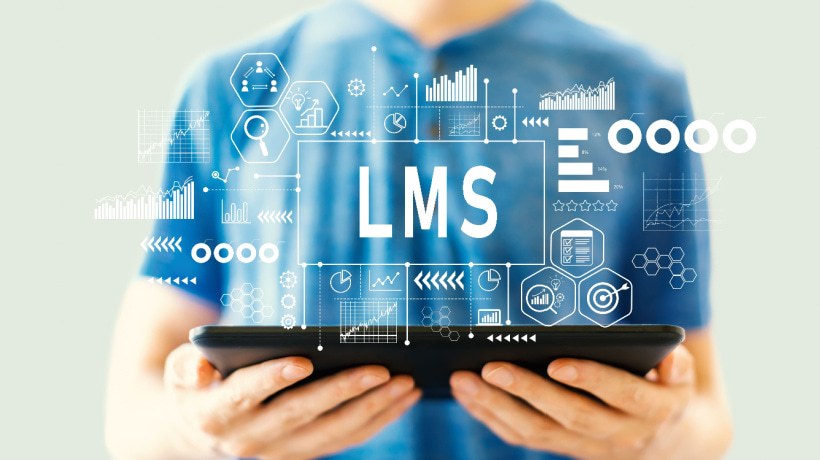How The LMS Transforms The Way We Learn And Work
A few years ago, the phrase Learning Management System didn’t really mean much to me. I thought of it as just some backend platform used by universities to upload assignments and mark attendance. Basic stuff. But over time, especially after the pandemic hit, I started seeing it everywhere: schools, corporate training programs, even freelance communities. Suddenly, everyone was either teaching or learning through some LMS. And it wasn’t just happening in classrooms.
A Market That’s Exploding
I recently came across a report by Roots Analysis that really put things into perspective. According to them, the Learning Management System market is expected to grow from USD 18.58 billion in 2024 to a massive USD 107.06 billion by 2035. That’s a CAGR of 17.256%. This isn’t just a side trend, a full-blown shift in how people learn and how organizations operate.
What’s even more interesting? The LMS isn’t just about education anymore. It’s a bridge between learning and working, between training and performing, and sometimes even between surviving and thriving in fast-changing industries.
When Schools Got Smarter
Let me give you a quick example. A close friend of mine is a high school teacher. Before 2020, her school barely had any digital setup. Attendance was taken manually, homework was collected on paper, and feedback was slow. Then the world flipped upside down, and her school scrambled to implement an LMS. What started as a crisis response actually turned into a game-changer.
Within six months, they had structured courses online, parents could track student progress, and teachers had access to performance dashboards. My friend told me she felt more in control of her class than she ever did before—even though she wasn’t physically in the classroom.
The LMS In Workplace Learning: More Than Just Onboarding
Corporate training is another space where LMS is quietly doing some heavy lifting. One company I worked with recently rolled out a custom LMS platform for employee onboarding and ongoing learning. Before that, everything was scattered—some video links, PDFs, and informal Zoom training. But with the LMS, they had modules, quizzes, checkpoints, and even gamification elements to keep people engaged. New employees could learn at their own pace, and managers could finally track progress without hounding anyone.
It sounds simple, but the impact was massive. Training time dropped by 30%. Employee feedback on onboarding shot up. And here’s the big one—retention in the first six months improved noticeably. When people feel equipped, they stay.
What Makes A Good LMS Anyway?
This got me thinking: what separates a good LMS from just another piece of software? It’s not just about uploading content. The best systems out there are interactive, adaptive, and user-centric. They include features like:
- Personalized learning paths
- Interactive video lessons
- Real-time feedback and analytics
- Mobile compatibility
- Integration with other tools like Slack or Microsoft Teams
Honestly, if an LMS feels like homework, no one’s going to use it. But when it’s built like a supportive coach—nudging you, guiding you, and showing you progress, it works wonders.
One Underrated Use: Upskilling In Blue-Collar Jobs
Here’s something that doesn’t get talked about enough. There’s this company in the logistics space—trucking, warehousing, the works. They rolled out a simple LMS, not for office staff, but for drivers and floor workers. The modules weren’t fancy. Just short videos and voice-guided instructions in regional languages. But it covered essential stuff: safety procedures, basic compliance training, and how to use new equipment.
Six months in, accident reports went down. Equipment is reduced. Some workers even started training others. That’s the power of knowledge—when it’s made accessible.
The Road Ahead
With AI and data analytics getting baked into newer LMS platforms, the future looks even more dynamic. Imagine systems that adapt to your learning speed automatically, or tools that can predict which employees are likely to struggle with a new skill and offer extra support before issues arise.
And then there’s credentialing—badges, certifications, digital portfolios—all integrated into your LMS profile. It’s not just about learning anymore; it’s about proving that you did and carrying that proof with you.
Final Thoughts: The LMS Is Here To Stay
I think the most surprising part of all this is how seamlessly the LMS is blending into our lives. Whether you’re a high school student, a manager onboarding new hires, or a warehouse worker learning to operate new machinery, there’s probably an LMS playing a role in your growth.
It’s not loud. It’s not flashy. But it’s reshaping how we think about learning, one click at a time. And with the market projected to grow the way it is, I don’t think we’ve even scratched the surface yet.

